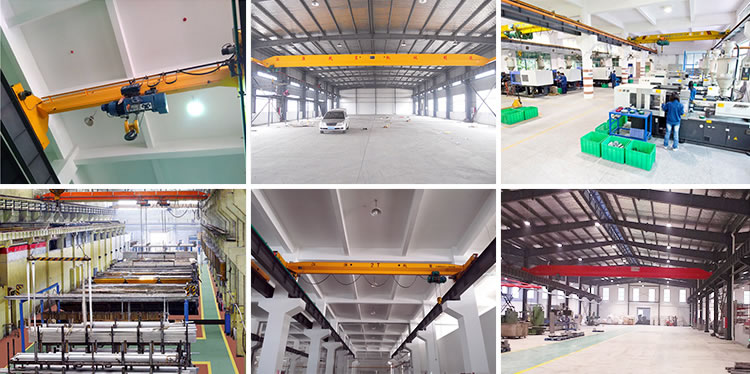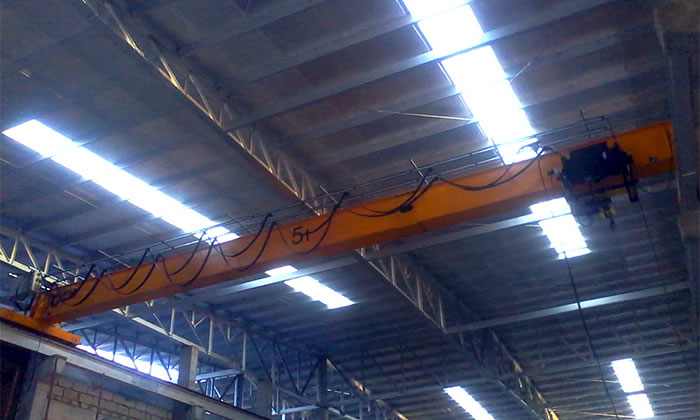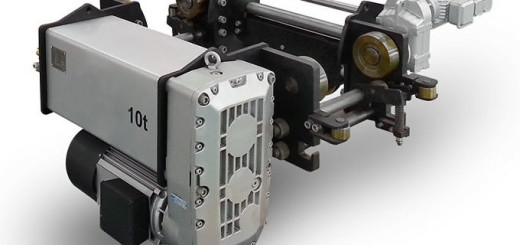Overhead Crane Wiki: Hoist & Crane Checklist
The Occupational Safety and Health Administration (OSHA) defines a crane as a machine that lifts loads vertically and moves the loads horizontally with a hoisting device. Overhead cranes, tower cranes, mobile cranes, gantry cranes and jib cranes have hoisting devices located on the machines that require a daily inspection and checklist filled out before operation. The safety checklist is different for each type of crane, but most of the checklists have similar sections.
Runway
- The runway is what the hoisting system runs along. Overhead cranes also have runways that the bridge of the crane runs along. The crane and hoist must be operated along the full length of the runway as part of the checklist. During the initial operation, the operator must visually inspect the runway for any loose components. The operator must also look for any movement within the runway as the hoist and crane move across the length of the runway.
Limit Switches
- The hoist and crane have limits they can travel. Electronic limit switches control these limits. The limit switches prevent the host and crane from traveling too far, damaging the other components of the hoist and crane equipment. Once the hoist reaches its lowest limit or highest limit, the switch turns the power off. The crane has the same type of switch, which turns off power to the drive motors when the crane reaches the end of the runways.
Controls
- Controls — handheld devices, remote control devices or other electronic controls — generally operate the hoist and crane. The controls operate the hoist and crane in all movable directions. The operator will ensure that the controls move the crane in the intended direction as labeled on the controls.
Wire Rope or Chain
- The hoisting device lifts loads with either a wire rope or chain running from the lower block and up to the main hoist unit. The operator must check the wire rope or chain for any defects, wear, kinks or any other damage that will cause the component to fail or break when lifting a load.
Electrical System
- All electrical system control panels require an inspection. The operator must locate the main disconnect switch and ensure it can be shut off in cases of emergency. The operator must locate any other disconnects, such as the trolley disconnect, crane disconnect and hoist off switch. Part of the checklist requires the operator to ensure all shutoff devices actually turn off the crane or hoist.
Brakes
- Each movement of the hoist and crane has a braking device. The crane wheels will brake when the direction controls are released; the trolley also has brakes that stop the trolley when the direction controls are released. The hoist has a braking system. The operator can check the braking systems to ensure that the units stop while checking the limit switches. The crane, trolley and hoist cannot continue to travel once the direction control is released.
Visual Inspection
- The checklist has a visual inspection section that requires the operator to visually inspect every part of the crane and hoist. The operator looks for any leaks and any loose nuts or bolts. Worn components are also a part of the visual inspection, such as the lower hook, damaged slings, sheaves, wheels and gears.




